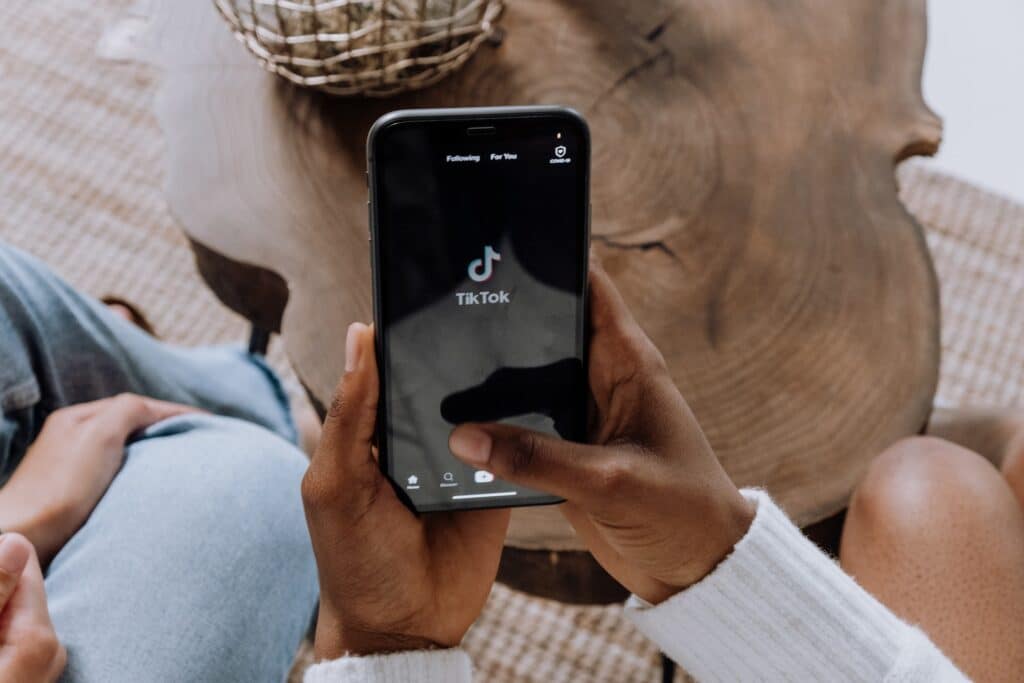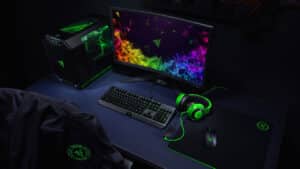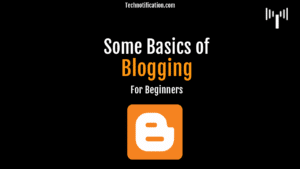Gamification is the process of using game mechanics and game thinking to engage users and drive sales. By adding elements of fun and competition, businesses can build valuable relationships with their audiences. This article will dive into how gamification works for marketing and provide examples to follow so your brand can excel.
Contents
How Gamification Helps Brands Flourish
Since the dawn of time, people have always loved games. Primarily, they’re entertaining but have also served as social and educational tools.
In the old days, games taught people how to communicate, strategize for battles, and make challenging life decisions. Games create an environment where players can explore various possibilities and then apply what they’ve learned to real life. For this reason, games have now become a powerful tool for digital marketing.
Slot machines are a great example of how gamification works in marketing. Their intriguing graphics and sound effects create an engaging experience as they sharpen players’ strategy skills. Additionally, online slots display the possibilities that the digital realm has to offer marketers.
Just as developers have the freedom to produce an unlimited number of games, marketers can create all sorts of fun, dynamic strategies to engage audiences. Whether by encouraging interaction, building relationships, or instigating some friendly competition, gamification is necessary for brands with a vision.
Keep reading to see how your brand can use gamification to increase followers, authority, and sales.
Louis Vuitton: Branded Mobile Games
In 2021, luxury fashion brand Louis Vuitton decided to celebrate its 200th anniversary by releasing a mobile game called “Louis the Game.” Players traverse the brand’s dreamy landscape as they learn about Louis Vuitton’s history. They can also collect NFT postcards as they run through the streets of Paris.
Since its release, the game has had over 2 million downloads. For a luxury brand launching its first game, that’s a pretty impressive number! Louis Vuitton managed to boost sales for their clothing through this initiative but also tapped into the crypto market by selling exclusive NFTs.
McDonald’s: Rewards-Based Sweepstakes
In the late 80s, McDonald’s created a unique rewards program based on the popular board game Monopoly. Since then, it has become one of the most innovative and studied marketing strategies.
The way it works is simple. Customers earn game pieces for purchasing certain menu items. Afterward, they can then use these game pieces to enter sweepstakes for prizes like free food, gift cards, and even cars.
During the Monopoly campaign, McDonald’s enjoyed increased sales of the menu items associated with the game.
Weight Watchers: Statistics as Progress
Gamification doesn’t always have to be about games themselves. You can also borrow gaming characteristics. Weight Watchers, for example, does an excellent job of using progress as a type of gamification.
Weight Watchers saw an opportunity to gamify their digital subscriptions by incorporating statistics into the progress tracker. Now, users can see how much weight they’ve lost and how their body mass index (BMI) has changed over time. They can also see how their progress compares to other users.
By adding this element of competition, Weight Watchers has encouraged more people to use its system and stay engaged with its brand.
Starbucks: Loyalty Program
Like Weight Watchers, Starbucks uses certain game qualities to create dynamic marketing campaigns. In this case, the coffee company created an elaborate loyalty program. By offering unique rewards for customers who make frequent purchases, Starbucks encourages them to keep coming back for more. The program also creates a sense of community among Starbucks customers, as they can interact and share tips on how to earn more stars.
Calvin Klein: Viral Challenges
Calvin Klein has always been known for its iconic taglines, including the 1980 Brooke Shields campaign, “Nothing gets between me and my Calvins.”
Since then, the fashion company has taken its marketing legacy to digital platforms, namely TikTok. The company created a series of viral challenges that encouraged users to take photos of themselves wearing Calvin Klein clothes and share them on social media, using the tag “#mycalvins.”
The challenges were designed to be fun and engaging, generating a lot of interest and excitement around the brand. As a result of the campaign, Calvin Klein saw a significant increase in website traffic and social media engagement.
For smaller brands, creating challenges is an affordable and wise option, as it helps to gain exposure and build authority.
Final Thoughts
Gamification can be a powerful tool to boost your digital marketing strategy. You can increase engagement and conversion rates by incorporating game-like elements into your marketing campaigns. If you’re looking for ways to take your digital marketing to the next level, consider gamifying your campaigns.








